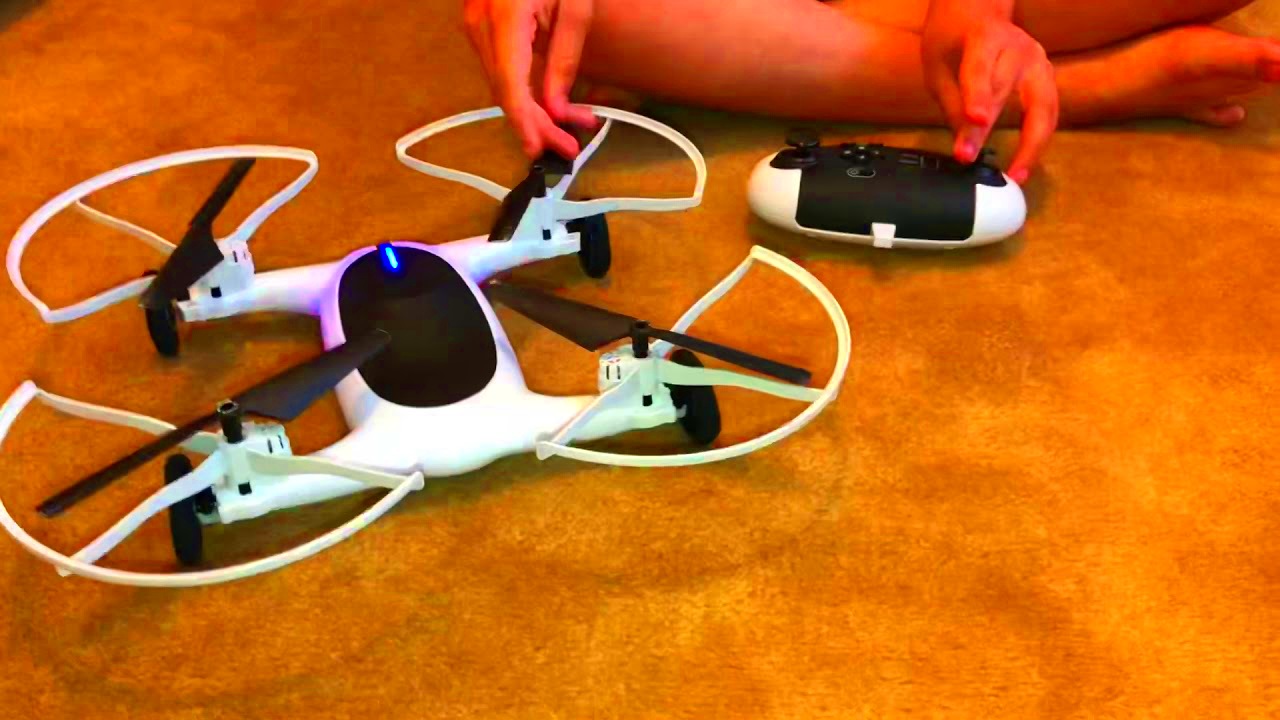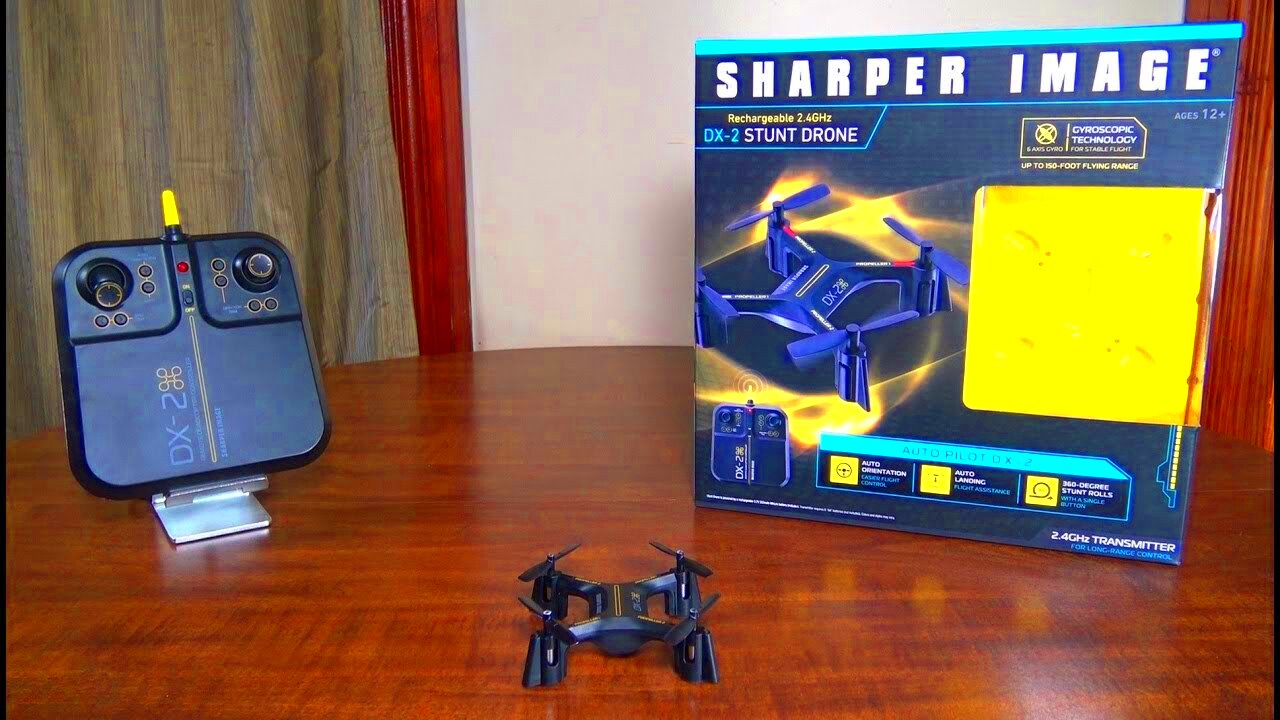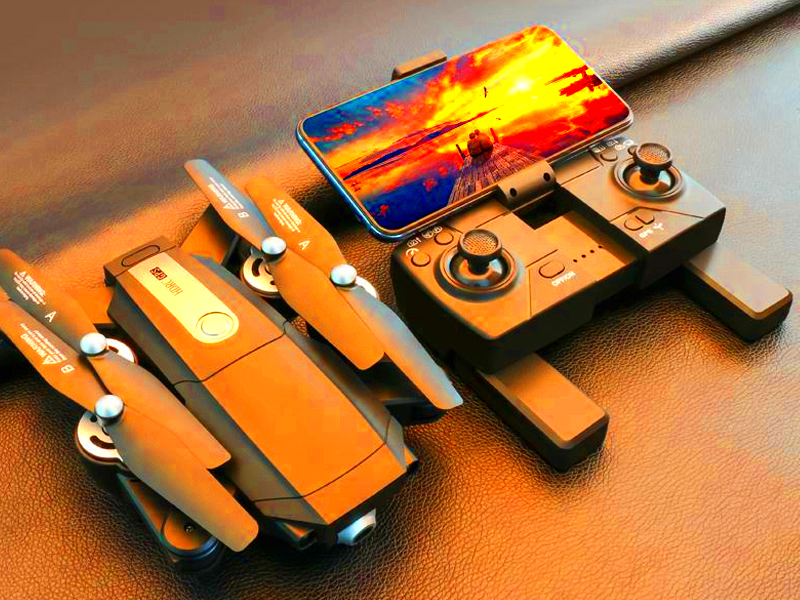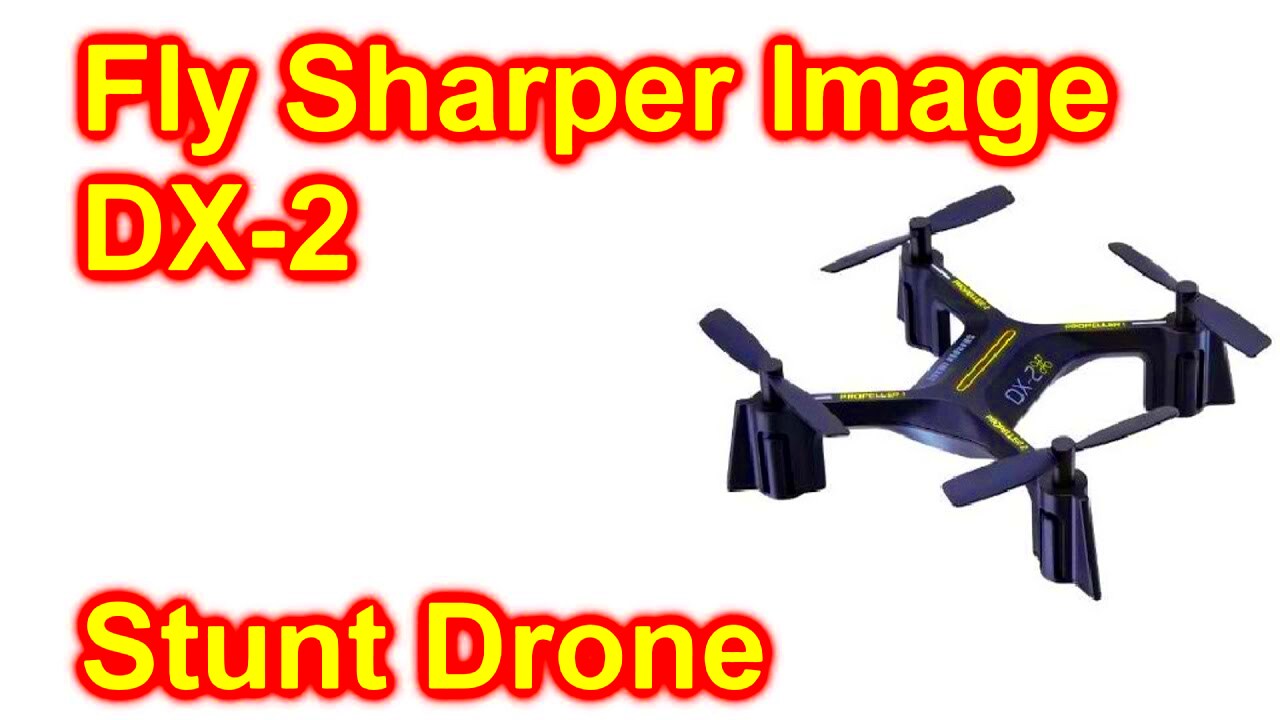Flying a Sharper Image drone can be an exciting experience, whether you're a beginner or have some flying experience. These drones are designed to be user-friendly and packed with advanced features that help you capture stunning aerial footage. If you're new to drones, it's important to learn how to operate your device safely and effectively. In this guide, we'll walk you through the basics, tips, and tricks to get the most out of your Sharper Image drone. Let’s dive in and get you ready for your first flight!
Understanding the Basics of Sharper Image Drones

Sharper Image drones come with a variety of features tailored for different flying experiences. Most of these drones are equipped with built-in cameras, GPS, and stabilizers, making them ideal for both beginners and experienced drone enthusiasts. Here are some key things to understand before you take flight:
- Flight Modes: Many Sharper Image drones offer multiple flight modes, such as beginner, intermediate, and expert. This allows you to gradually improve your flying skills.
- Camera Quality: Sharper Image drones typically come with HD cameras, allowing you to capture breathtaking aerial views and record smooth videos.
- Battery Life: Battery life can vary depending on the model, but generally, you can expect anywhere from 15 to 30 minutes of flight time on a full charge.
- Control Options: You can control the drone using a remote controller or even through a mobile app, depending on your model.
- Safety Features: Features like altitude hold, return-to-home, and automatic stabilization help prevent crashes and improve control.
Also Read This: How to Download Behance Images for Free
Preparing for Your First Flight

Before you take off, it’s important to prepare your Sharper Image drone for a successful and safe flight. Here’s a simple checklist to ensure everything goes smoothly:
- Charge the Battery: Always make sure the drone's battery is fully charged before flying. An undercharged battery can lead to sudden drops in power and cause crashes.
- Check the Weather: Drones should be flown in calm weather. Strong winds or rain can make controlling your drone difficult or cause it to crash.
- Calibrate the Drone: Calibrate your drone’s compass and GPS system before flying. This helps ensure that the drone will respond accurately to your commands.
- Select an Open Area: Start flying in a wide, open space away from obstacles such as trees, buildings, and power lines. Avoid crowded areas to ensure safety.
- Know the Controls: Familiarize yourself with the controls of your Sharper Image drone. Practice flying the drone in a controlled environment to get used to its response time and handling.
- Perform a Test Flight: Start with a short test flight to make sure everything is working correctly. This will help you get comfortable with the drone's controls and responsiveness.
Following these steps will help ensure that your first flight goes smoothly and safely, giving you the confidence to explore more advanced features of your Sharper Image drone.
Also Read This: How to Use Storyblocks Without Paying for the Full Subscription
How to Control Your Sharper Image Drone Effectively

Controlling your Sharper Image drone might seem intimidating at first, but with some practice, it becomes second nature. Here’s a guide to help you master the controls and fly with confidence:
- Familiarize Yourself with the Controller: Start by understanding the layout of the controller. Most Sharper Image drones have joysticks for controlling direction (forward, backward, left, right) and altitude (up and down). Buttons for taking photos, videos, or activating features like “return to home” are usually placed in easy-to-reach positions.
- Master the Basic Movements: Begin by learning the basic controls:
- Pitch: Tilt the joystick forward or backward to move the drone up or down.
- Yaw: Move the joystick left or right to rotate the drone clockwise or counterclockwise.
- Roll: Tilt the joystick left or right to move the drone sideways.
- Use Trim Controls: If your drone seems to drift, adjust the trim to correct it. Trim controls help balance the drone and make it fly straight.
- Learn to Hover: Hovering is a critical skill for stable shots and controlling your drone. Practice keeping the drone still in the air for a few seconds, using small adjustments to maintain its position.
- Adjust Sensitivity: Sharper Image drones often allow you to change control sensitivity. Higher sensitivity makes the drone respond faster, while lower sensitivity offers smoother movements. Adjust this based on your flying skills.
With regular practice, controlling your drone will become intuitive. Don’t rush—start slow and increase the complexity of your flights as you improve!
Also Read This: Inverting Image Colors in Canva
Common Mistakes to Avoid When Flying a Drone

Flying a drone can be a lot of fun, but there are common mistakes that beginners often make. To help you avoid accidents and improve your skills, here are the mistakes you should watch out for:
- Ignoring the Weather: Drones perform best in calm weather conditions. Flying in high winds, rain, or extreme temperatures can cause the drone to lose stability or crash. Always check the forecast before taking off.
- Flying Too High or Too Far: It’s tempting to push your drone’s limits, but flying too high or too far can lead to signal loss. Stay within the range specified for your drone model and always keep an eye on the battery level.
- Not Calibrating the Drone: Failing to calibrate your drone’s compass or GPS before flying can cause it to behave unpredictably. Make sure to calibrate it on a flat surface before each flight.
- Flying Near Obstacles: Avoid flying close to trees, buildings, or power lines. Obstacles can interfere with your drone’s signals, leading to a crash. Always practice in open areas.
- Forgetting to Charge the Battery: Running out of battery mid-flight is a common mistake. Ensure your drone is fully charged before each session, and bring spare batteries if you plan on extended flying.
- Not Updating Firmware: Many drones require firmware updates to improve performance or fix bugs. Make sure to regularly check for software updates and apply them to keep your drone in top condition.
By avoiding these common mistakes, you’ll be able to enjoy a smoother and safer flying experience, while also preserving the longevity of your drone.
Also Read This: Reducing TIFF Image File Size Efficiently
How to Maintain Your Sharper Image Drone for Longevity
Proper maintenance of your Sharper Image drone can greatly extend its lifespan and keep it flying smoothly for years. Here are some essential maintenance tips:
- Keep It Clean: After each flight, clean your drone thoroughly to remove dirt, dust, or debris. Pay special attention to the propellers and camera lenses. Use a soft cloth or brush to avoid damaging sensitive parts.
- Inspect the Propellers: Propellers are often the first parts to wear out, so check them regularly for cracks or damage. If you notice any issues, replace them to ensure your drone flies safely.
- Check the Battery: Always remove the battery from the drone after each use to prevent overcharging. Avoid leaving the battery plugged in for too long, as this can shorten its lifespan. Store the battery in a cool, dry place when not in use.
- Update Software and Firmware: Regularly update your drone’s software and firmware to ensure optimal performance. This also fixes bugs and improves stability, making your drone safer and more efficient to fly.
- Store Properly: When you're not using your drone, store it in a case or a safe, dry location. Avoid leaving it in extreme temperatures, as heat or cold can damage the battery or electronics.
- Calibrate Regularly: Calibration is key to keeping your drone’s GPS and compass accurate. Make sure to calibrate your drone before each flight for better control and stability.
By following these maintenance tips, you can ensure your Sharper Image drone remains in top condition, offering you many more hours of flying fun.
Also Read This: Flipping Images in PowerPoint: A Tutorial
Tips for Capturing Better Photos and Videos with Your Drone
Using your Sharper Image drone to capture stunning photos and videos can be incredibly rewarding. With a little know-how, you can take your aerial shots to the next level. Here are some practical tips to help you get the best results:
- Use the Right Settings: Most Sharper Image drones offer adjustable camera settings such as exposure, ISO, and white balance. Set these based on the lighting conditions. For example, in bright sunlight, lower the ISO to avoid overexposure.
- Stabilize Your Shots: Smooth, stable footage is key for professional-looking video. Use the drone's stabilizing features to keep the camera steady, and try to avoid abrupt movements. Slow and steady wins the race!
- Consider Lighting: The best time to capture aerial footage is during the golden hours—early in the morning or late in the afternoon. The natural lighting during these times can create dramatic effects and add a cinematic quality to your shots.
- Frame Your Shots: Be mindful of your composition. Use the rule of thirds to position the subject in the frame, and always watch for any distracting elements in the background. Keep the horizon straight to avoid slanted photos.
- Experiment with Angles: Varying your flight path can give your shots more depth and interest. Try flying in circles around your subject or capturing different angles to showcase your environment in a unique way.
- Use Filters and Editing Tools: After capturing your footage, use filters or editing apps to enhance the colors, contrast, or clarity. Sharper Image drones often come with built-in editing features to make this process even easier.
With these tips, you’ll be able to take your aerial photography to new heights, whether you're capturing scenic landscapes or making a stunning video for social media.
Also Read This: Photobucket Prodigy: Brit Chandler’s Guide to Creating a Photobucket
FAQ
1. How high can my Sharper Image drone fly?
The maximum altitude varies by model, but generally, Sharper Image drones can fly up to 300 meters (approximately 1,000 feet). Always check the specifications for your specific model.
2. How long does the battery last on a Sharper Image drone?
Battery life can range from 15 to 30 minutes, depending on the drone model and flight conditions. Be sure to carry a spare battery for longer flying sessions.
3. Can I fly my Sharper Image drone indoors?
Yes, you can fly your drone indoors, but make sure to use a large open space free of obstacles. Flying indoors is best for practicing controls rather than capturing aerial footage.
4. How do I know if my drone is ready to fly?
Before every flight, check that the drone is fully charged, the propellers are intact, and the GPS and compass are calibrated. Always ensure you have a clear signal and optimal weather conditions.
5. What should I do if my drone loses signal?
Most Sharper Image drones have a "return to home" feature that activates when the signal is lost. If this happens, the drone will automatically return to its takeoff point. Ensure you’re within the recommended range to avoid this situation.
Conclusion
Flying a Sharper Image drone can be a thrilling experience, whether you're looking to capture breathtaking aerial footage or simply enjoy the flight. By understanding the basics of drone control, avoiding common mistakes, and taking care of your drone, you’ll be able to make the most of your device. Remember to practice regularly, keep your drone well-maintained, and experiment with new techniques to improve your skills. With these tips, you’ll soon be flying like a pro and creating stunning photos and videos that will impress anyone. Happy flying!

 admin
admin








